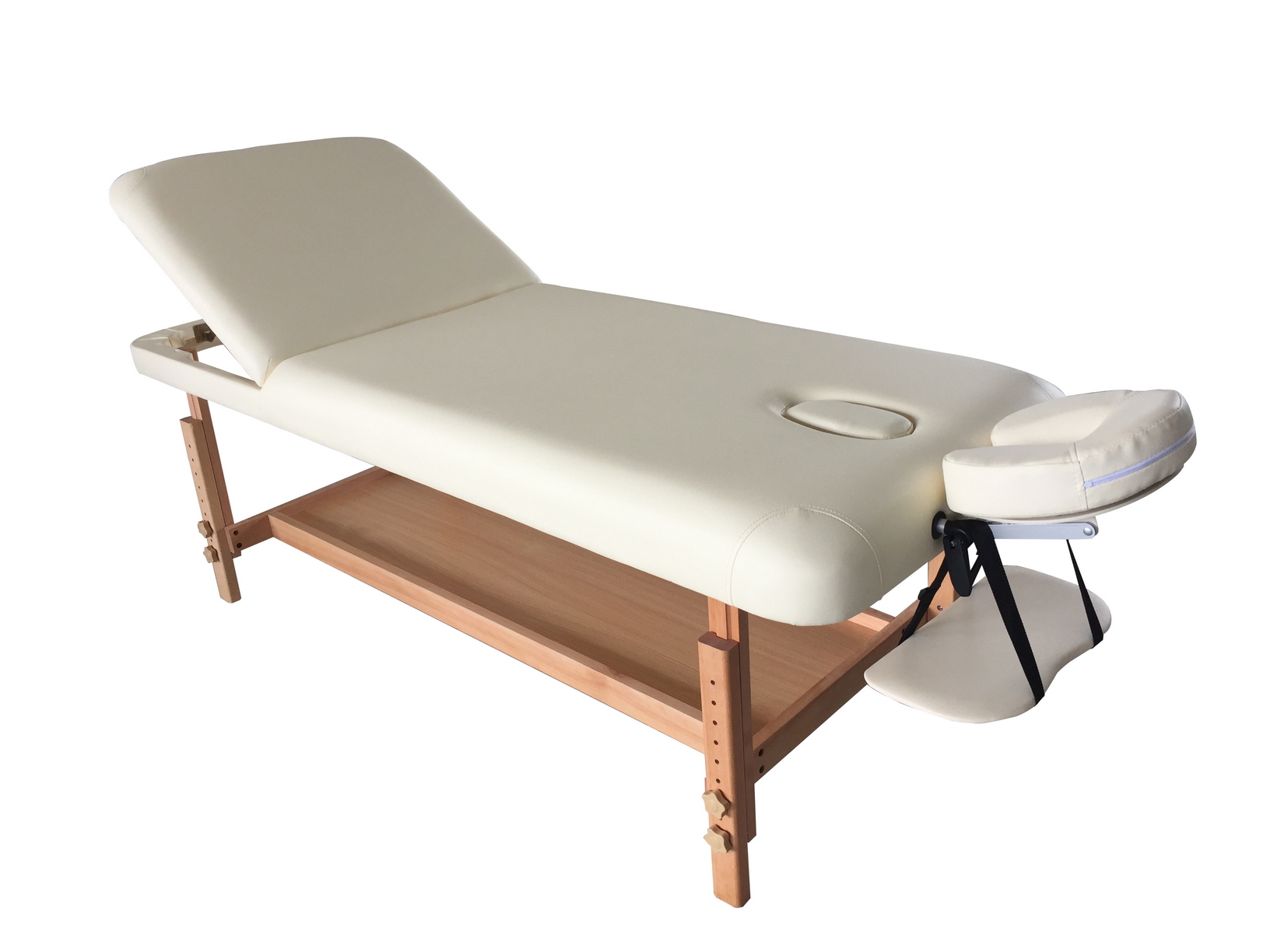Selecting the Right Massage Table or Chair: Massage Table And Chair

Choosing the right massage table or chair is crucial for both therapist and client well-being, impacting comfort, efficiency, and the longevity of your practice. A poorly chosen table can lead to back pain, reduced productivity, and dissatisfied clients. This guide will help you navigate the selection process, ensuring you make an informed decision based on your specific needs and budget.
Budget Considerations for Massage Equipment
Your budget significantly impacts the options available. Entry-level tables generally cost less but may lack features like adjustable height or robust construction. Mid-range tables offer a balance of features and durability. High-end tables often boast advanced features, superior materials, and longer warranties. For example, a basic portable table might cost between $200 and $500, while a professional-grade hydraulic table could range from $800 to $2000 or more. Similarly, massage chairs vary widely in price, from simple, inexpensive models to high-tech chairs with multiple features and adjustments, costing thousands of dollars. Consider your financial limitations and prioritize features based on your needs.
Selecting a Massage Table or Chair Based on Intended Use and Client Needs
The intended use of the table or chair (professional practice, home use) dictates the required features and durability.
- Professional Use: Professionals require durable, easily adjustable tables that can withstand frequent use. Features like a sturdy frame, adjustable height, and a comfortable face cradle are essential. Consider client weight capacity and the frequency of use when making your selection.
- Home Use: Home users may prioritize portability and affordability over advanced features. A lightweight, foldable table might suffice, though comfort and proper support remain important for both the therapist and the client.
- Client Needs: Consider your client demographic. Are you working with elderly clients who may require extra support? Do you treat athletes with specific needs? The table’s features should cater to the specific needs of your clientele.
Ergonomic Considerations for Massage Tables and Chairs, Massage table and chair
Ergonomics are paramount for both therapist and client well-being. Poor posture can lead to musculoskeletal injuries and discomfort.
- Therapist Posture: The table height should allow the therapist to maintain a neutral spine while working. Adjustable height is crucial for accommodating different clients and treatment styles. Consider the use of a stool or footrest to maintain proper posture. For example, a table that allows the therapist to stand with slightly bent knees and maintain a straight back is ideal.
- Client Comfort and Posture: The table should provide adequate support for the client’s body, preventing strain and discomfort. Features like a comfortable face cradle, armrests, and a properly cushioned surface are crucial. The table should be wide enough to accommodate various body types comfortably. For example, a properly cushioned table with a contoured face cradle will minimize neck strain for the client.
Maintaining and Cleaning Massage Tables and Chairs
Regular maintenance ensures longevity and hygiene.
- Regular Cleaning: Wipe down the table or chair after each use with a disinfectant cleaner suitable for upholstery. Pay close attention to frequently touched areas such as the face cradle and armrests.
- Disinfection: Use EPA-registered disinfectants to kill bacteria and viruses. Always follow the manufacturer’s instructions for cleaning and disinfecting. Allow the surface to dry completely before use.
- Fabric Protection: Use a protective cover to safeguard the upholstery from stains and wear. Regularly inspect the cover and replace it as needed.
- Frame and Mechanism Maintenance: Inspect the table’s frame, legs, and mechanisms regularly for any signs of damage or wear. Tighten any loose screws or bolts. Lubricate moving parts as recommended by the manufacturer.
